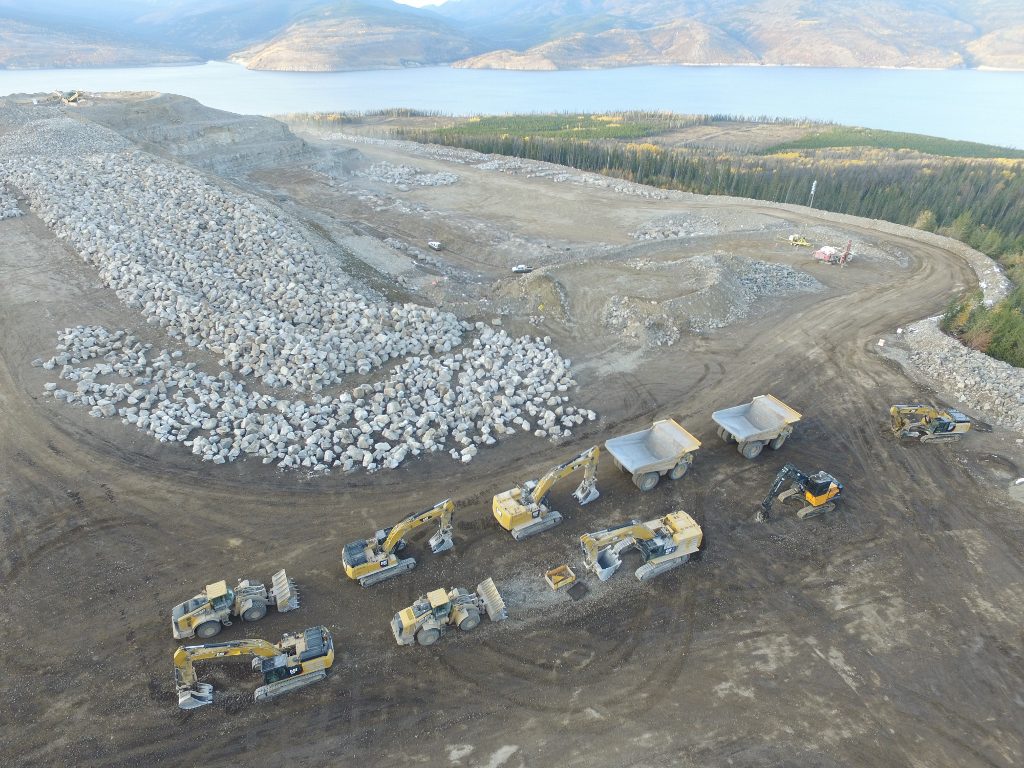To optimize project outcomes, a growing number of Kiewit’s clients use alternative delivery models for their projects. Complexity, budget constraints, opportunities for design/constructability innovation, schedule optimization and maintenance considerations all play a part in the decision.
“Quite often when a critical mass of these features is in play, some form of an alternative delivery method provides the most benefit,” said Kiewit Senior Business Development Manager Joe Wingerter.
Using an alternative delivery model, contractors like Kiewit collaborate with the client team and stakeholders earlier on constructability, technical innovation and risk mitigation, among other key areas. There are many different types of alternative project delivery models, but they all contain a common thread of collaboration, innovation analysis, transparency and a ‘what’s-best-for-the-project’ mindset,” said Wingerter.
Here are a few Kiewit projects recently completed or underway using alternative delivery models.
Integrated Project Delivery (IPD)
Kingston Third Crossing, Ontario (pictured above)
The City of Kingston in Ontario selected Peter Kiewit Sons ULC, Hatch Ltd., and SYSTRA International Bridge Technologies to design and build its Third Crossing Project using the integrated project delivery (IPD) model. The Third Crossing Bridge will span 1.2 kilometers across the Cataraqui River to connect the east and west sides of Kingston.
The IPD model involves the owner, in this case the City of Kingston, more in early design validation and budget planning. Kiewit, Hatch, SYSTRA and the City of Kingston are all partners in the collaborative process. They develop project goals together and share risks and opportunities between all project parties, using a “project-first” mindset. In an announcement, the City of Kingston said it chose IPD to “deliver the project on time and on budget.”
This is the first time the model is being used on a civil infrastructure project in North America.
Design-build
Tennessee Department of Transportation’s (TDOT) Interstate 440 reconstruction from Interstate 40 to Interstate 24 is a design-build project awarded to Kiewit Infrastructure South Co. I-440 is one of the heaviest traveled corridors in the state, leading TDOT to look for the fastest project delivery. Upon completion, there will be three lanes of travel for 7.6 miles in each direction along I-440.
“Using the design-build contracting method allowed us to explore every available option to deliver this large, complicated project,” said TDOT Commissioner John Schroer in a news release announcing the contract. “We believe the process led to several innovative concepts, and the winning proposal saved more than a year of construction time.”
The project’s heavy construction operations began in March. Construction will take just over 15 months.
Early Contractor Involvement (ECI)
W.A.C. Bennett Dam, British Columbia

Peter Kiewit Sons ULC completed upgrades to BC Hydro’s W.A.C. Bennett Dam near Hudson’s Hope, British Columbia, in August 2018. Construction started in September 2016 following an initial early contractor involvement (ECI) phase.
In a completion ceremony, Kiewit and BC Hydro leadership acknowledged the ECI model’s success.
“We came together early with Kiewit, using an early contractor involvement procurement process. This allowed us to take more time up front to mitigate and plan for further risk and to work closely on design and planning,” BC Hydro President and Chief Operating Officer Chris O’Riley said. “This process put in place safeguards, built a strong relationship and helped establish an effective project plan.”
Peter Kiewit Sons ULC Senior Vice President Ryan Tones said the ECI model helped the project team engage with key project partners earlier.
“We were able to engage with First Nations partners early to finalize scopes of work,” Tones said. “This positive relationship helped the team overcome challenges and make the project a success.”
Engineer, Procure, Construct (EPC)
In Kiewit’s energy market, the engineer, procure, construct (EPC) contract model has increasingly become more common and standard for complex projects. For many years, it has been used to successfully deliver large, combined-cycle power plants. It is also being used on oil, gas & chemical projects. In December, Venture Global LNG Inc. announced it selected Kiewit to deliver its Calcasieu Pass LNG export project being developed in Cameron Parish, Louisiana, using an EPC contract.
“We are very pleased to be partnering with Venture Global LNG on this important EPC project,” Kiewit Chairman and CEO Bruce Grewcock said. “With outstanding commitment and talent working together, this project will be a model for supplying low-cost, clean and reliable energy to the global market.


